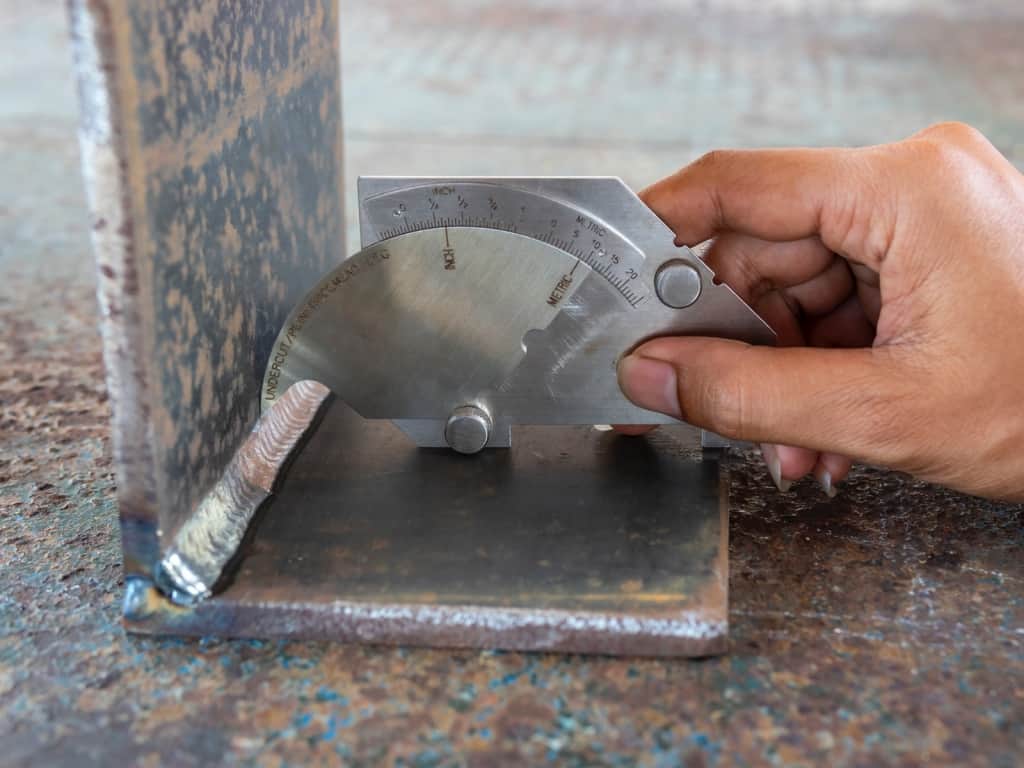Grasping the Art of Welding: Just How to Avoid Undercut Welding Issues for Flawless Fabrication Outcomes
By comprehending the root creates of undercut welding and applying efficient techniques to stop it, welders can boost their craft to new levels of excellence. In the pursuit of flawless manufacture results, understanding the art of welding to stay clear of undercut problems is not just an ability but a requirement for those aiming for perfection in their job.
Comprehending Undercut Welding

To avoid undercut welding, welders must guarantee correct welding parameters, such as adjusting the existing, voltage, travel rate, and maintaining the right electrode angle. Furthermore, using the proper welding technique for the certain joint arrangement is crucial. Utilizing weaving activities or backstepping techniques can aid ensure correct weld metal deposition and minimize the likelihood of undercut formation. Routine evaluation of welds throughout and after the welding process is likewise vital to capture any type of undercut very early and make required changes to stop further defects. Preventing weld undercut. By understanding the causes of undercut welding and carrying out preventative procedures, welders can achieve top notch, structurally audio welds.
Sources Of Undercut in Welding
Understanding the aspects that add to damage in welding is necessary for welders to create top notch, structurally audio welds. When the weld steel does not appropriately fill up the groove developed between the base steel and the formerly transferred weld metal, undercutting takes place. A number of elements can result in undercut in welding. One usual cause is excessive heat input. Welding at heats for extended durations can lead to the base steel thawing greater than preferred, bring about damage. Inadequate welding inaccurate or current welding rate can likewise contribute to undercut. Not enough current may not supply adequate heat to thaw the base and filler metals adequately, while too much rate can avoid proper combination, causing undercut. Furthermore, improper electrode angles or incorrect lantern manipulation strategies can create locations of low weld steel deposition, promoting undercut. Recognizing these causes and carrying out appropriate welding techniques can assist protect against undercutting concerns, ensuring long lasting and solid welds.
Methods to Protect Against Undercutting

To mitigate the threat of damaging in welding, welders can employ strategic welding strategies intended at enhancing the quality and honesty of the weld joints. Furthermore, using the proper pop over here welding method for the particular joint configuration, such as weave or stringer grains, can contribute to lowering damaging.
Utilizing back-step welding strategies and controlling the weld bead account can also help distribute heat uniformly and lessen the threat of undercut. Normal inspection of the weld joint during and after welding, as well as carrying out top quality guarantee actions, can assist in attending to and identifying damaging concerns promptly.
Importance of Proper Welding Parameters
Selecting and maintaining appropriate welding parameters is important for achieving successful welds with minimal defects. Welding parameters describe variables such as voltage, existing, take a trip speed, electrode angle, and shielding gas flow price that straight affect the welding process. These parameters should be carefully readjusted based upon the kind of material being welded, its density, and the welding method utilized.
Proper welding criteria make sure the appropriate quantity of heat is related to thaw the base metals and filler product consistently. If the specifications are set also high, it can result in excessive warmth input, triggering spatter, burn-through, or distortion. On the various other hand, if the parameters are also low, insufficient fusion, absence of penetration, or damaging may take place.
High Quality Guarantee in Welding Workflow

Conclusion
Finally, understanding the art of welding needs a thorough understanding of undercut welding, its reasons, and strategies to stop it. By ensuring correct welding criteria and carrying out quality control methods, flawless fabrication outcomes can be accomplished. It is vital for welders to regularly aim for excellence in their welding procedures to prevent undercut issues and generate high-grade welds.
Undercut welding, an usual flaw in welding processes, takes place when the weld metal does not appropriately fill up the groove and leaves advice a groove or depression along the bonded joint.To avoid undercut welding, welders should make certain proper welding parameters, such as adjusting the current, voltage, travel rate, and maintaining the correct electrode angle. Poor welding current or wrong welding speed can additionally contribute to damage.To mitigate the threat of damaging in welding, welders can utilize strategic welding strategies aimed at improving the top quality and honesty of the weld joints.In final thought, understanding the art of welding requires a comprehensive understanding of undercut welding, its reasons, and strategies to stop it.